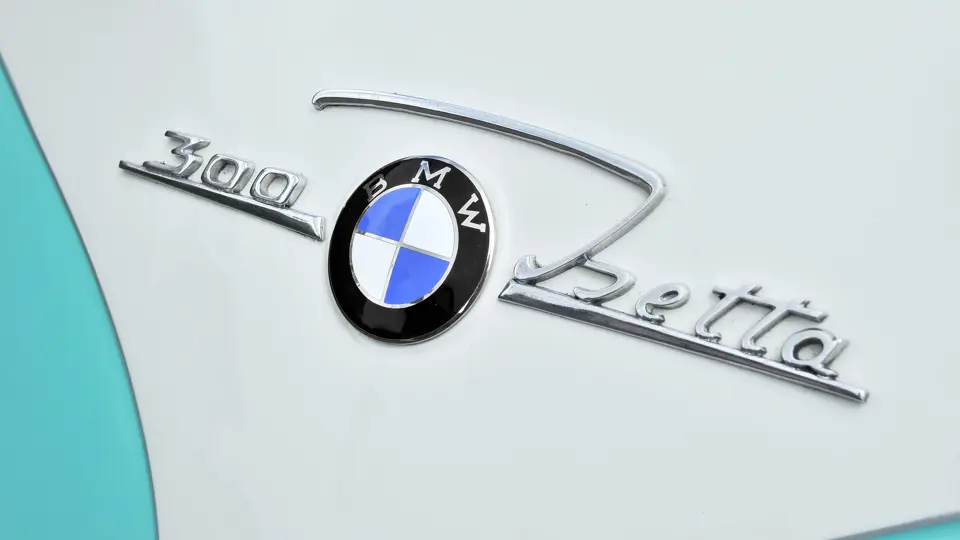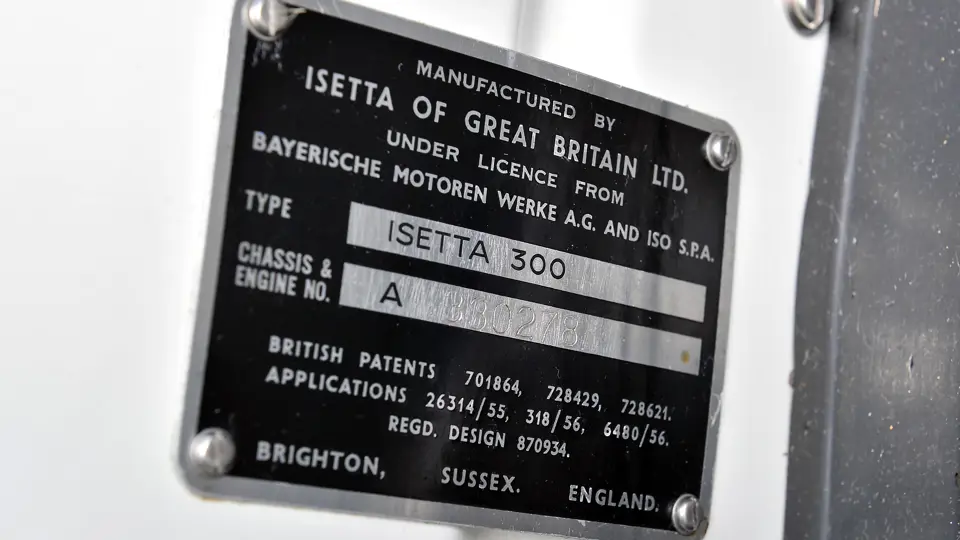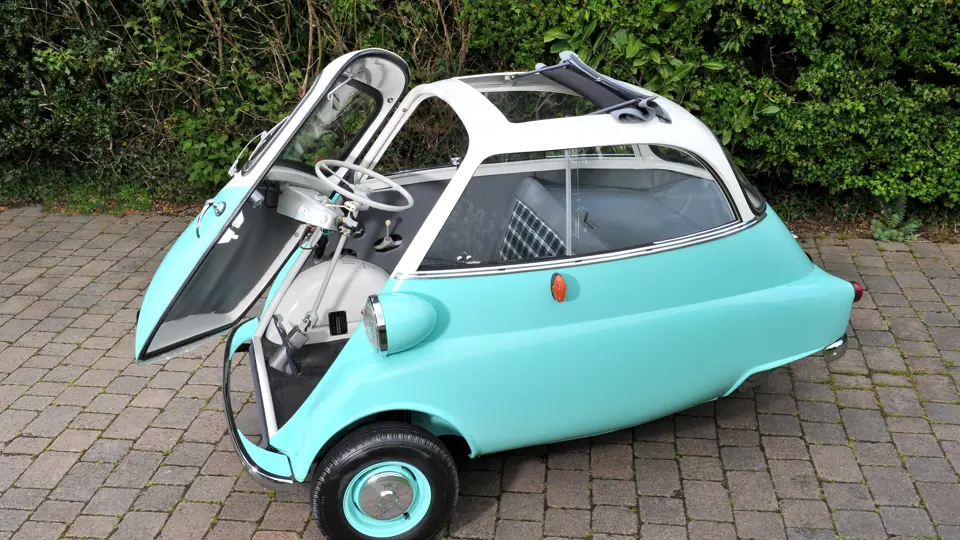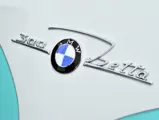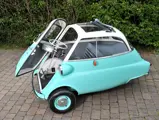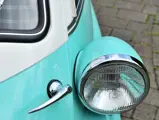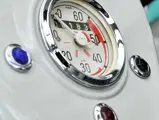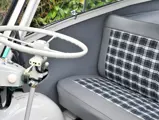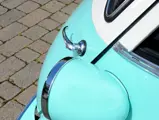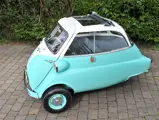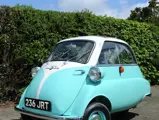13 bhp, 298 cc air-cooled OHV single-cylinder engine, four-speed manual transmission, leading-arm front suspension with coil springs, solid rear axle with quarter elliptic leaf springs, and four-wheel drum brakes. Wheelbase: 1,501 mm
Originally developed by Renzo Rivolta’s Iso Works in Italy, and later licensed by BMW, the Isetta is often regarded as the automobile that saved Bavarian Motor Works. Suffering from poor motorcycle sales and oil shortages in Europe, the Isetta was something that was just what many middle-class Europeans were looking for, and BMW was quick to capitalise on Iso’s innovative new product. With two seats on a tubular chassis and a singular front-opening door, the Isetta became known as das rollende Ei, or the rolling egg, and quickly gained popularity with Europeans living in dense urban areas.
As a car that would be described by most as “adorable”, the Isetta only attracts the most favourable of compliments. The Isetta measured just seven feet nine inches long and only four and one-half feet wide. Despite its stature, it was comfortable for two people on short trips, and finding a parking spot once one had reached his or her destination was rarely a problem. Nothing attracts attention like an Isetta, and owners of much more powerful and expensive cars will quickly become jealous of all the attention it attracts.
Over its lifetime, the Isetta featured a variety of different engines. The two most popular options were the original Model 250, featuring a 247-cubic centimetre single cylinder engine, and the Isetta 300, which used a 298-cubic centimetre single cylinder engine that produced 13 horsepower. It goes without saying that these engines are diminutive compared to that of the average road going automobile, but they had more than enough to power a vehicle the size of the Isetta. Capable of a top speed of 53 mph, the “rolling egg” had no problems motoring around town.
This 1961 Isetta 300 was restored over a two-year period by its previous owner, who had searched for years to find an original car in need of a restoration. This particular example features a manual fabric sunroof and was produced as a right-hand drive model. Recently, it went through a complete body-off restoration and is in impeccable condition. The Isetta’s body was stripped down to bare metal during its restoration in order to make it one of the best examples in existence today, and it is currently sporting a fantastic two-tone white and bright blue paint job with plaid seat inserts. Included in the sale are hundreds of photographs that document the entire restoration, as well as a set of Isetta handbooks.
Considering its major, recent restoration, it would be reasonable to argue that this is one of the best of its kind available for purchase today. The sight of an Isetta always brings a smile to the faces of both die-hard car enthusiasts and the average motorist alike, and as a result, it is a fantastic conversation starter. No matter the size of your collection, everyone always has room for an Isetta.




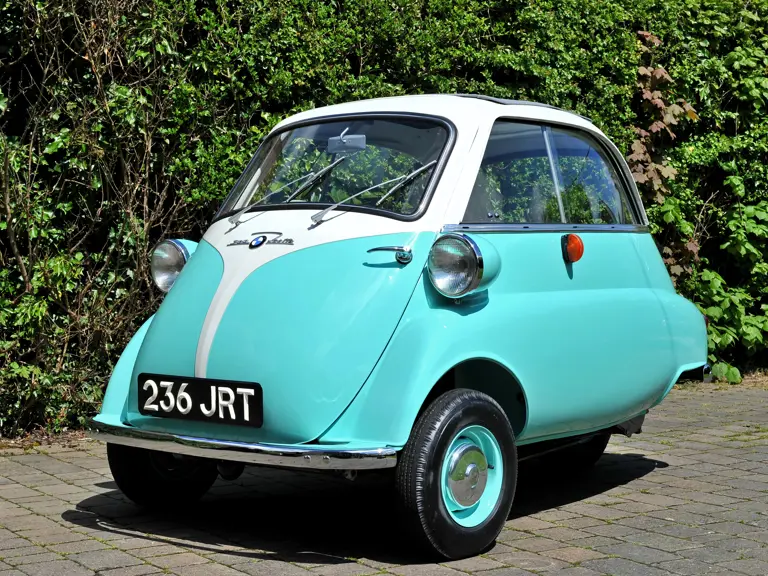
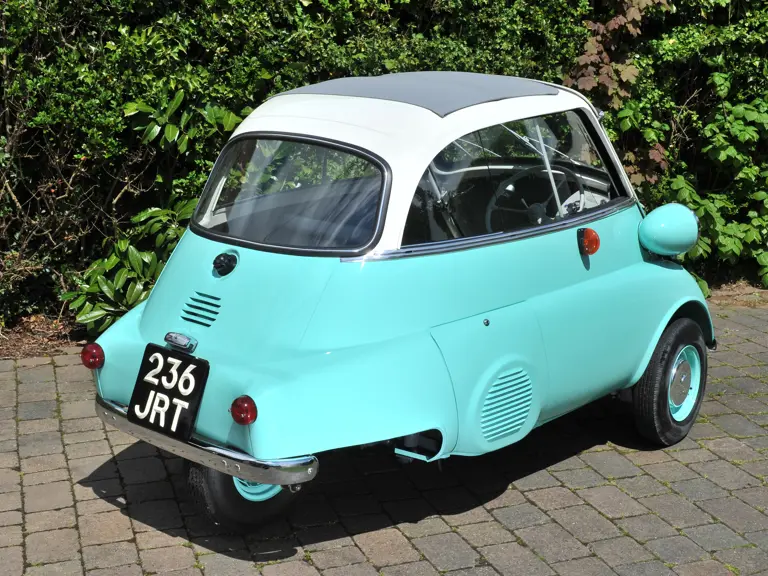
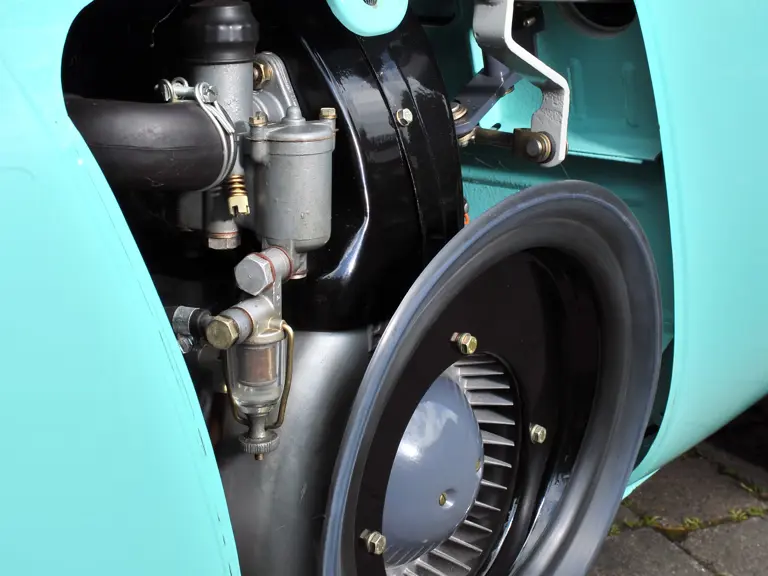
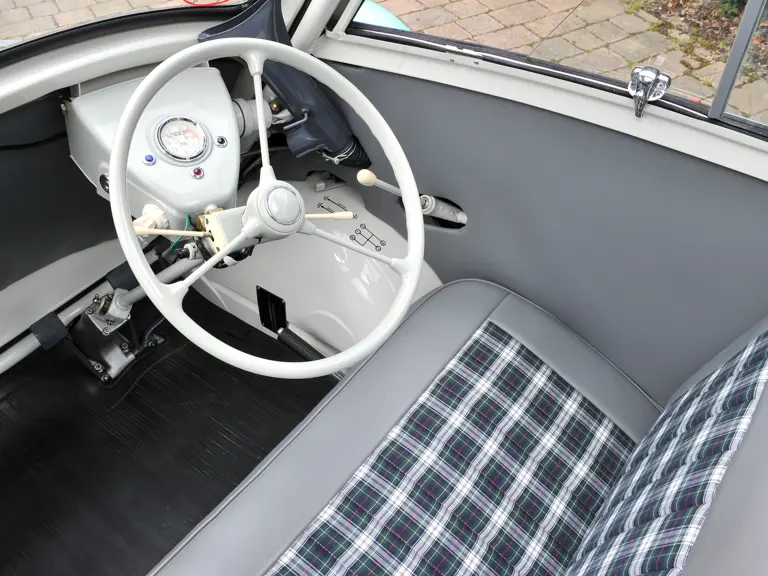
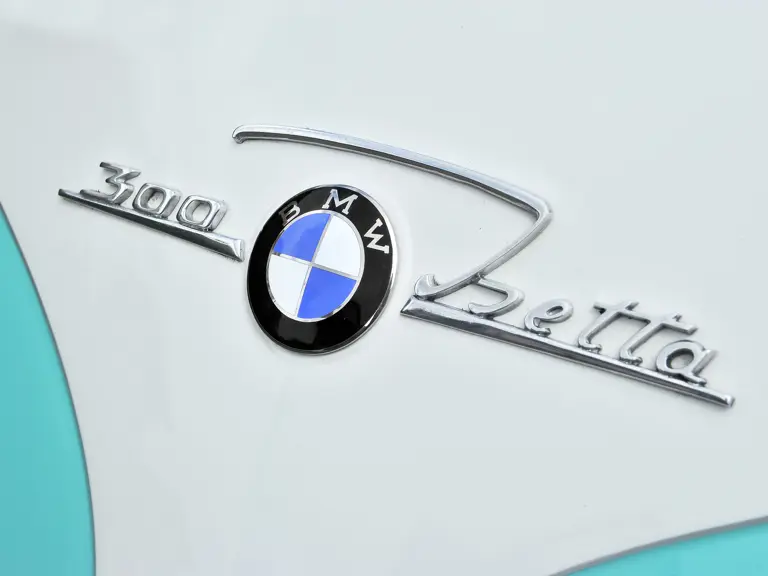
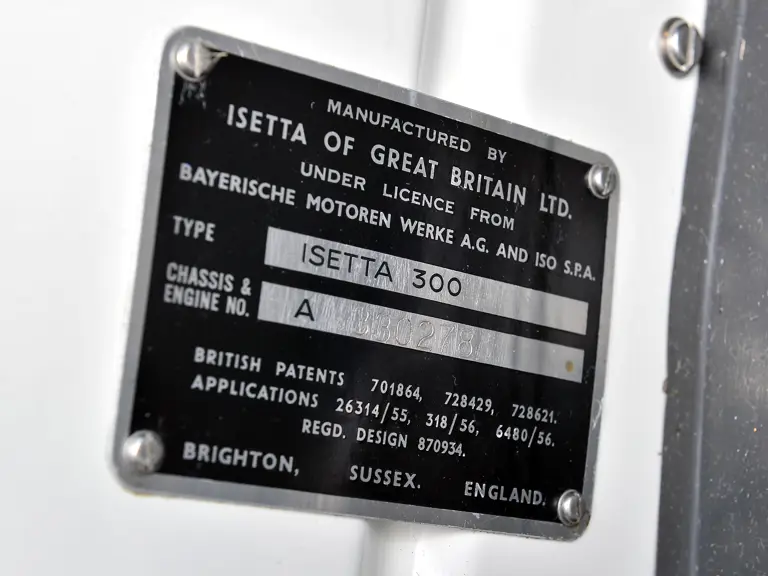
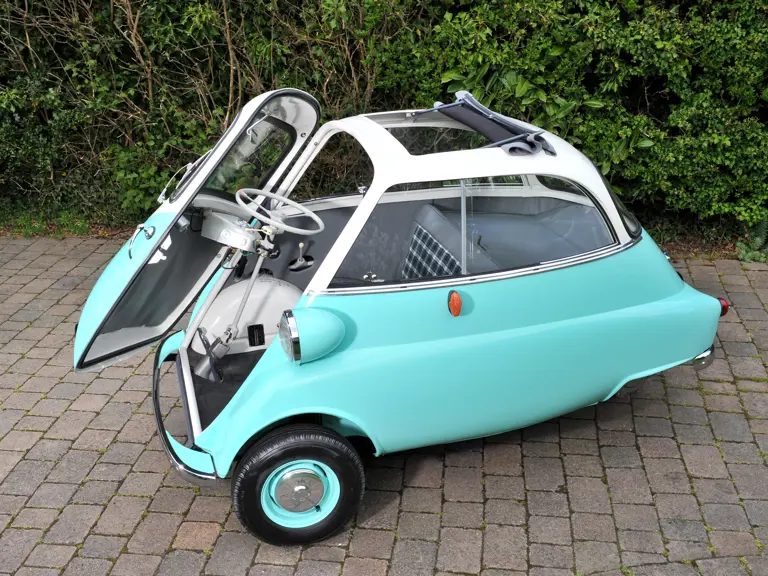

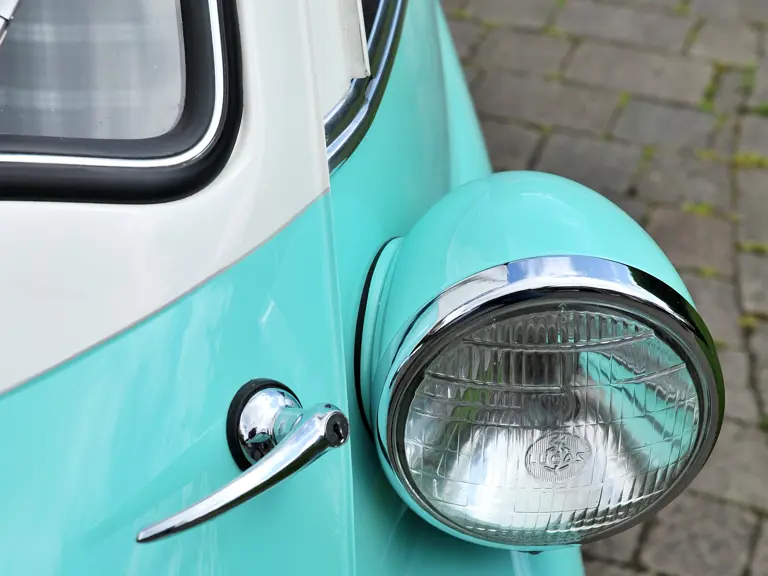
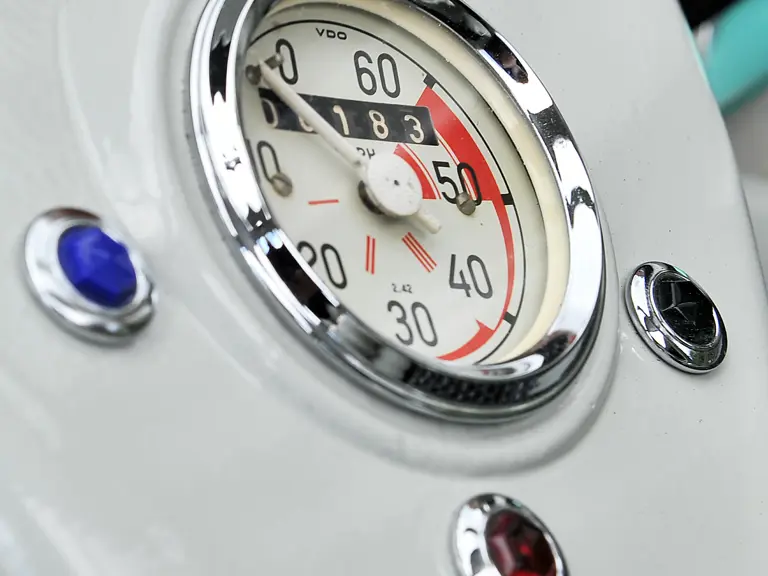
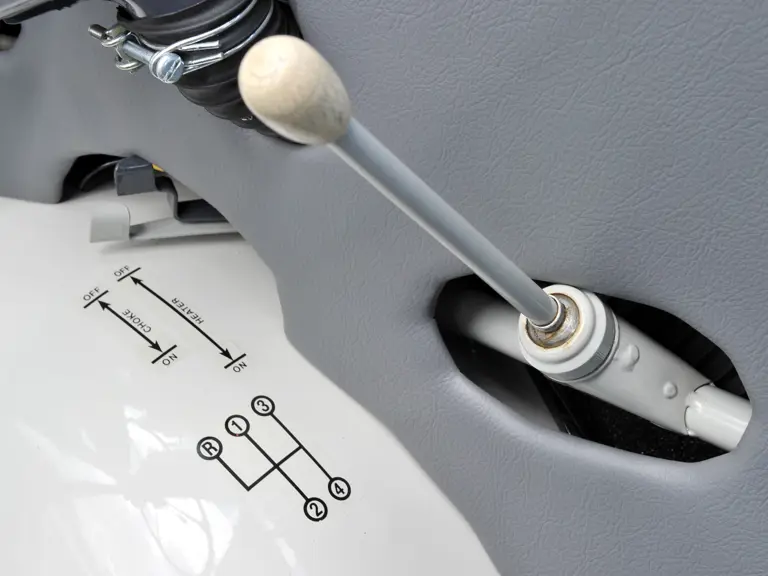
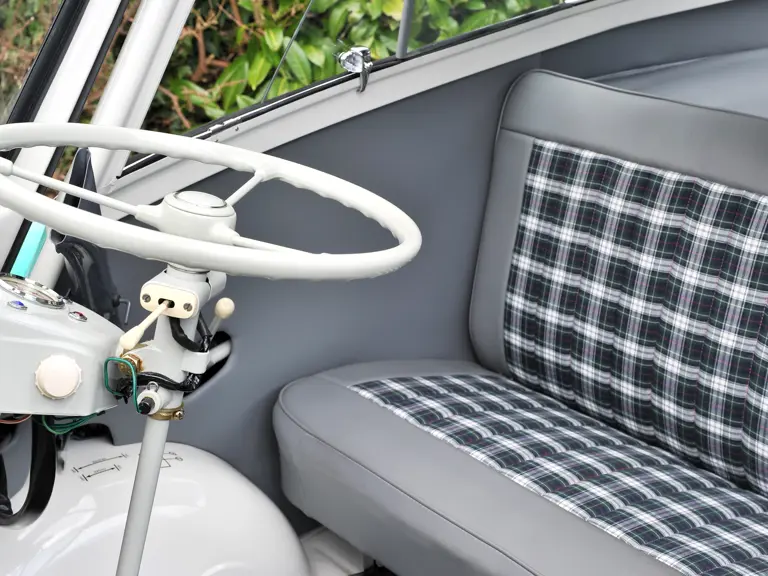
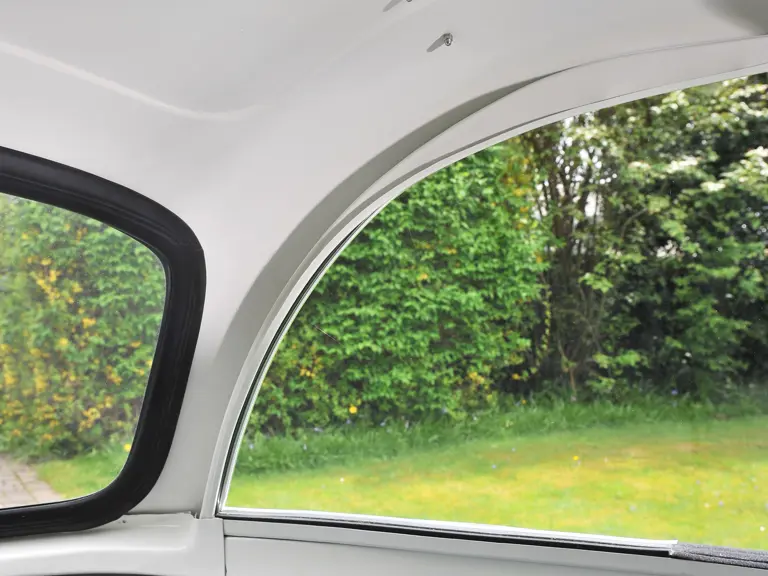
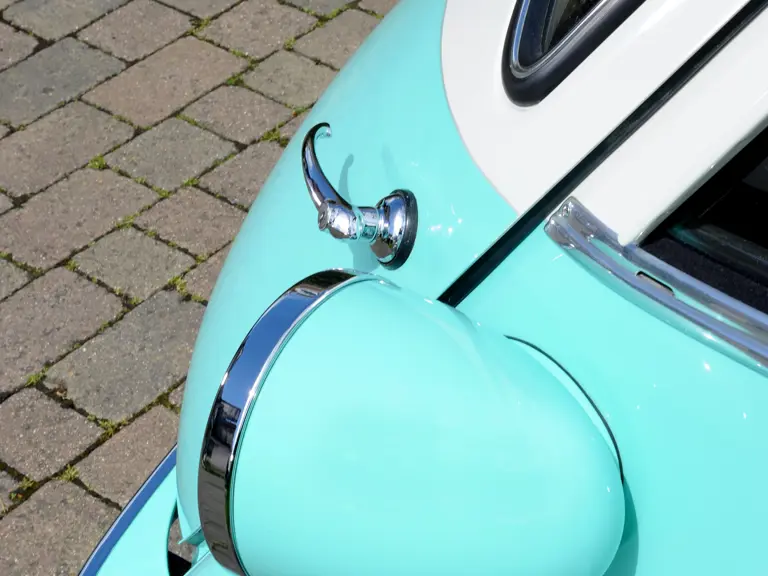
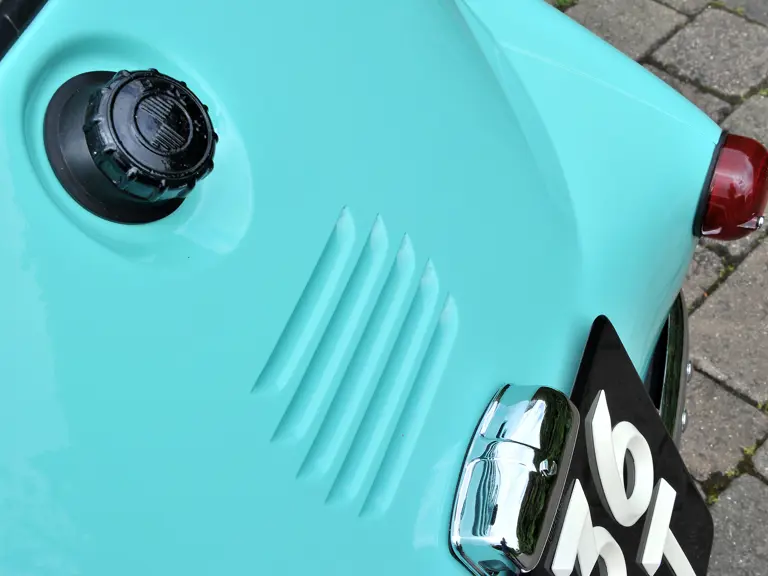
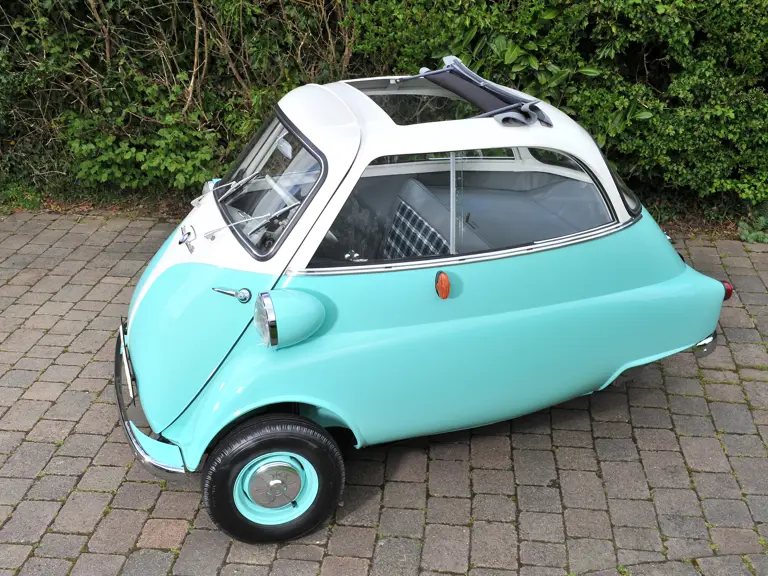
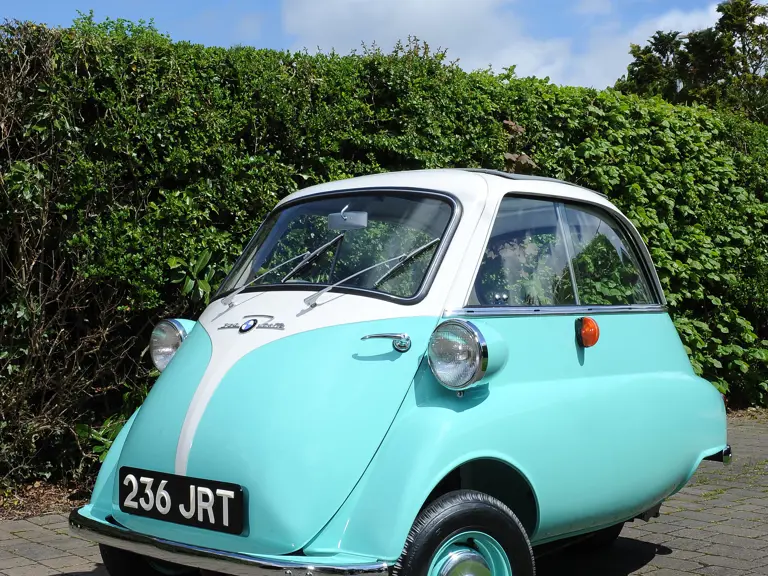
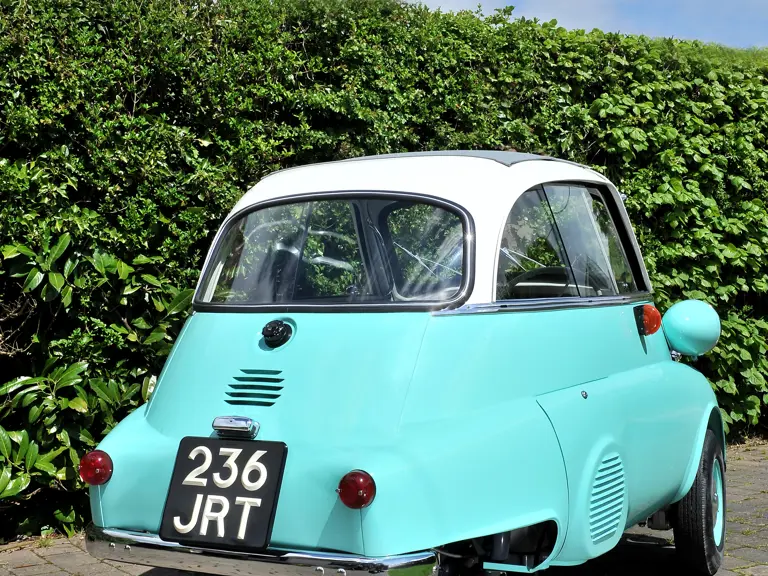
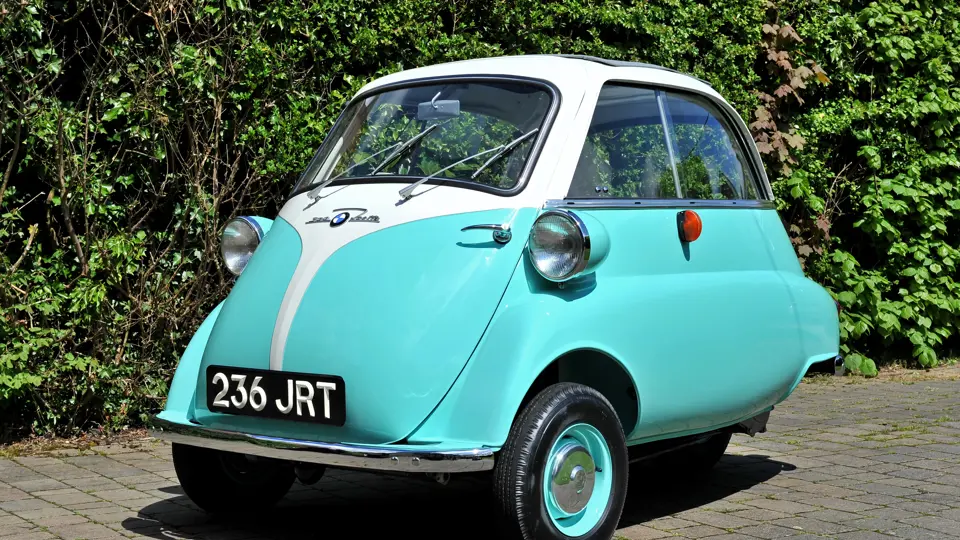
 | London, United Kingdom
| London, United Kingdom
